Electrical Engineering Assignment: Coaxial Cable and Field Analysis
VerifiedAdded on 2023/01/18
|12
|798
|41
Homework Assignment
AI Summary
This document presents a comprehensive solution to an Electrical Engineering assignment. The solution begins by calculating the capacitance of a coaxial cable and its breakdown voltage, considering dielectric strength. It then delves into the conductivity and relative permittivity of wet soil. The assignment further explores electric fields using Gauss's law, determining the electric field in different regions of a structure, and calculating voltage differences. It also covers the total capacitance of a structure, represented by capacitors in series. The document continues to address the concepts of current density, electric fields and drift velocity using Ohm's law. Finally, it addresses concepts of solenoidal and rotational vector fields. The solution provides detailed calculations and explanations for each part of the assignment, making it a valuable resource for students studying electrical engineering.
1 out of 12
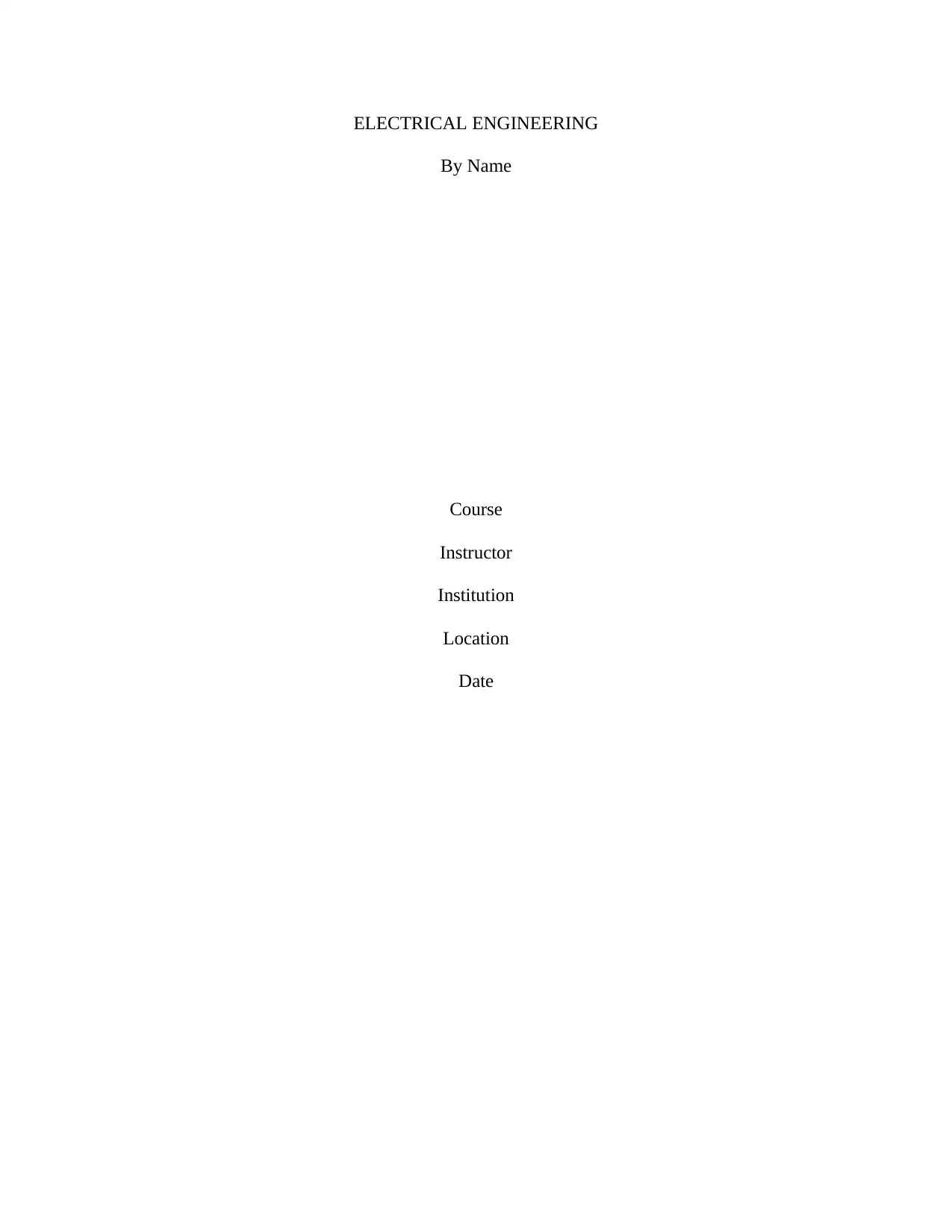
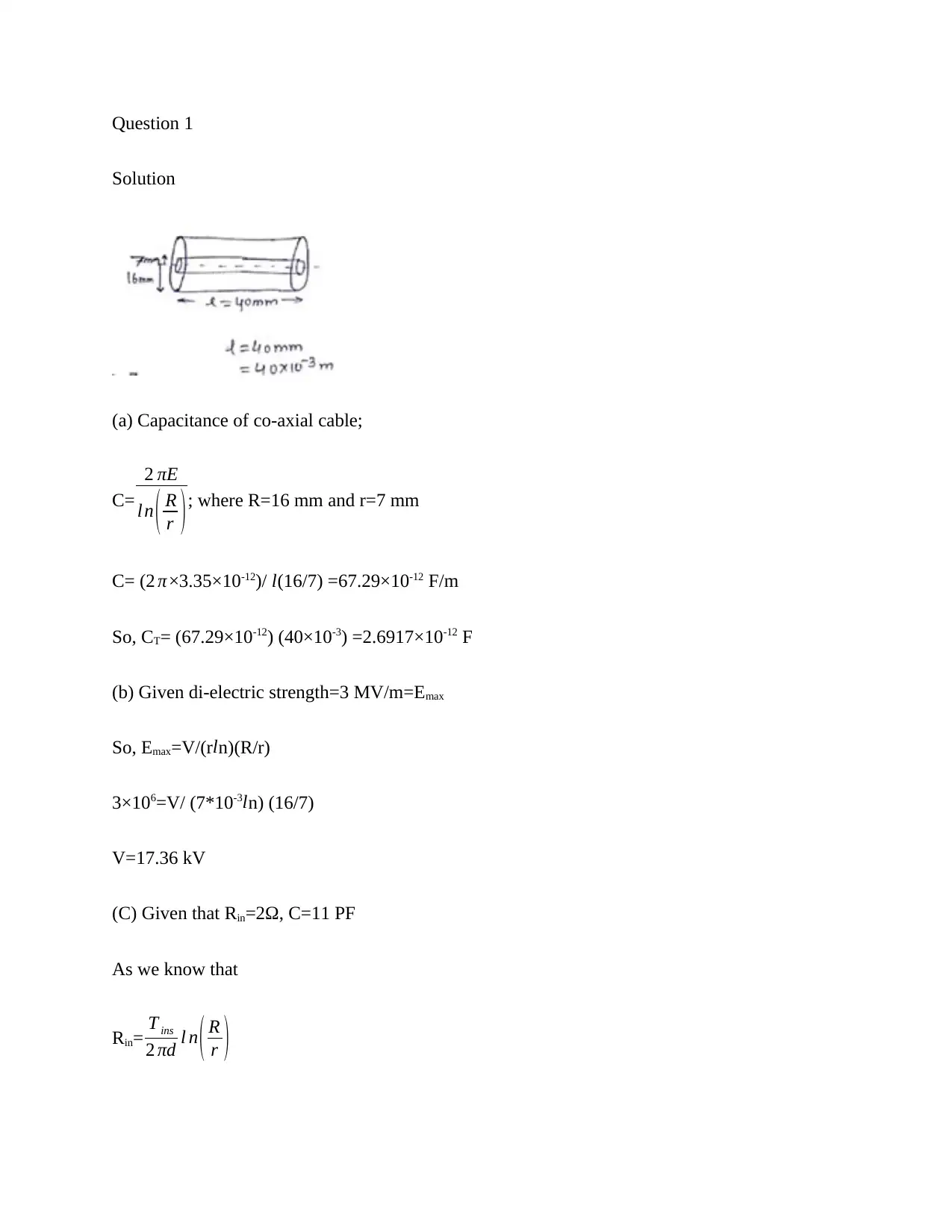
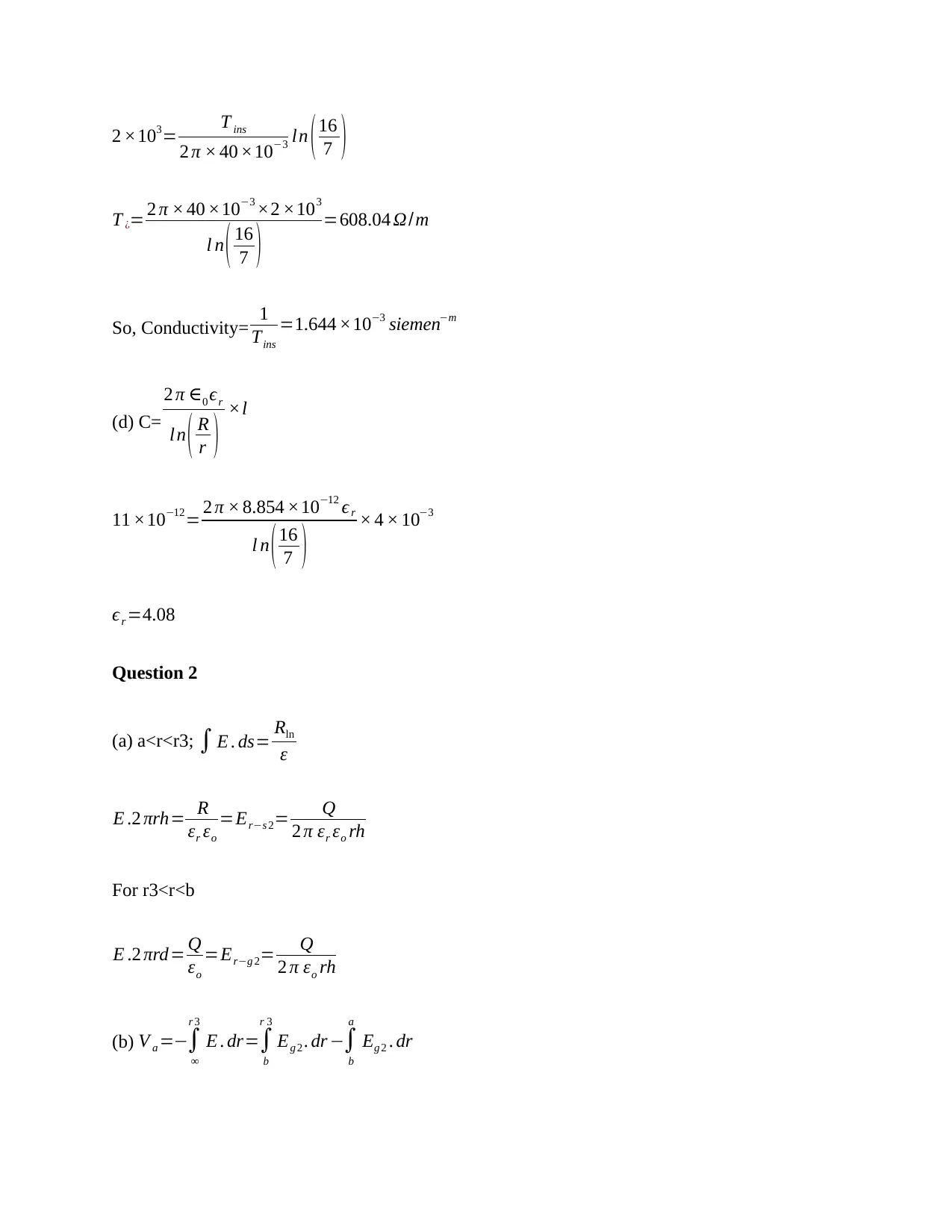

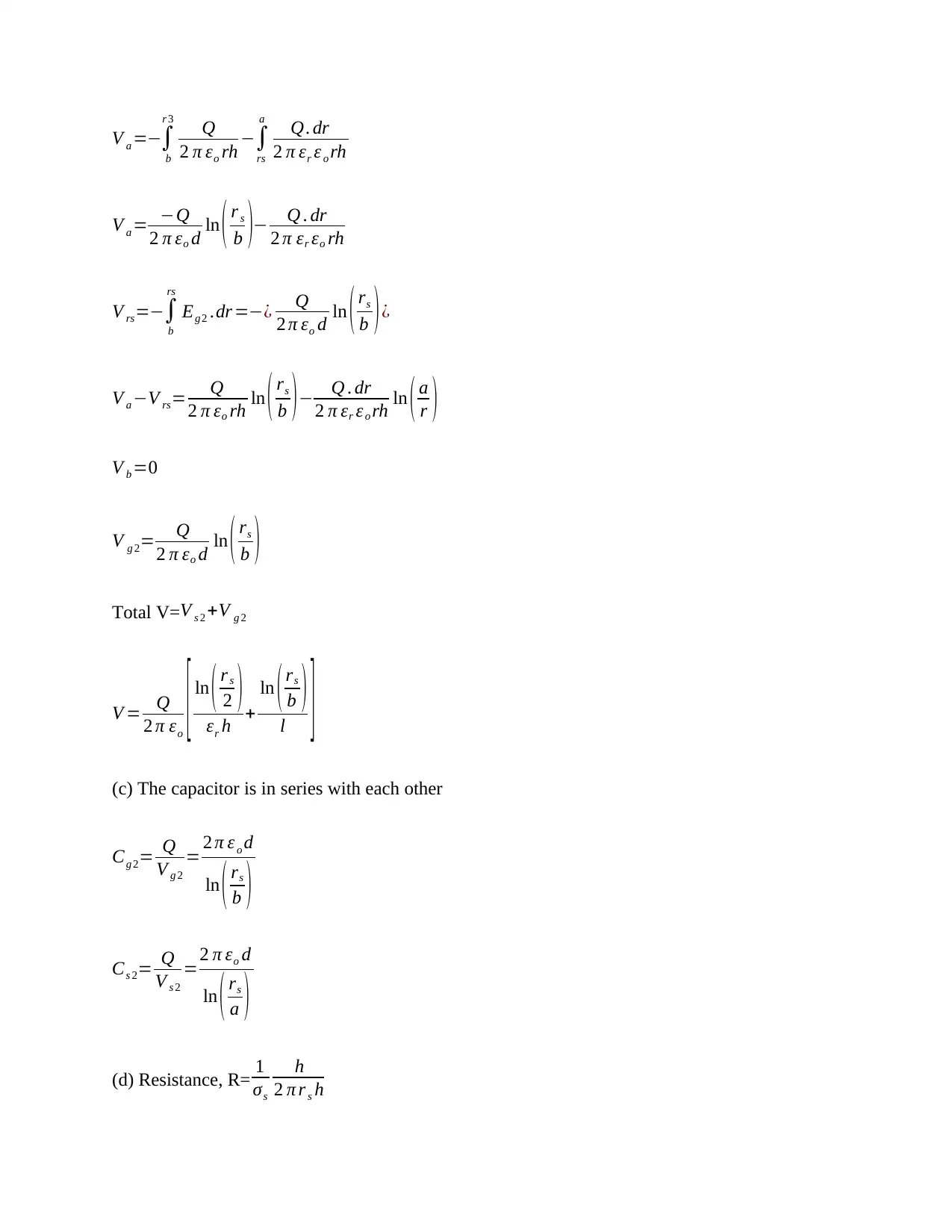
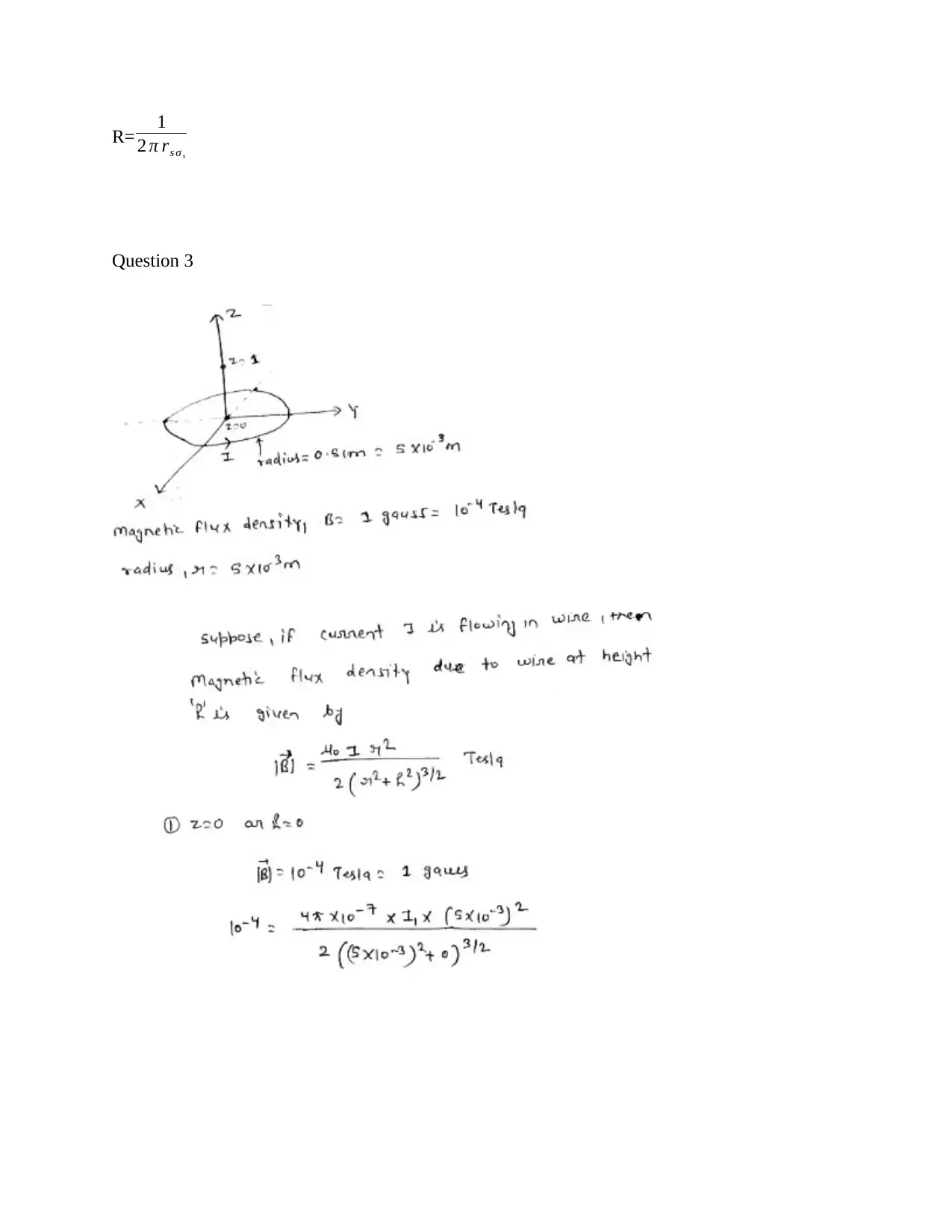
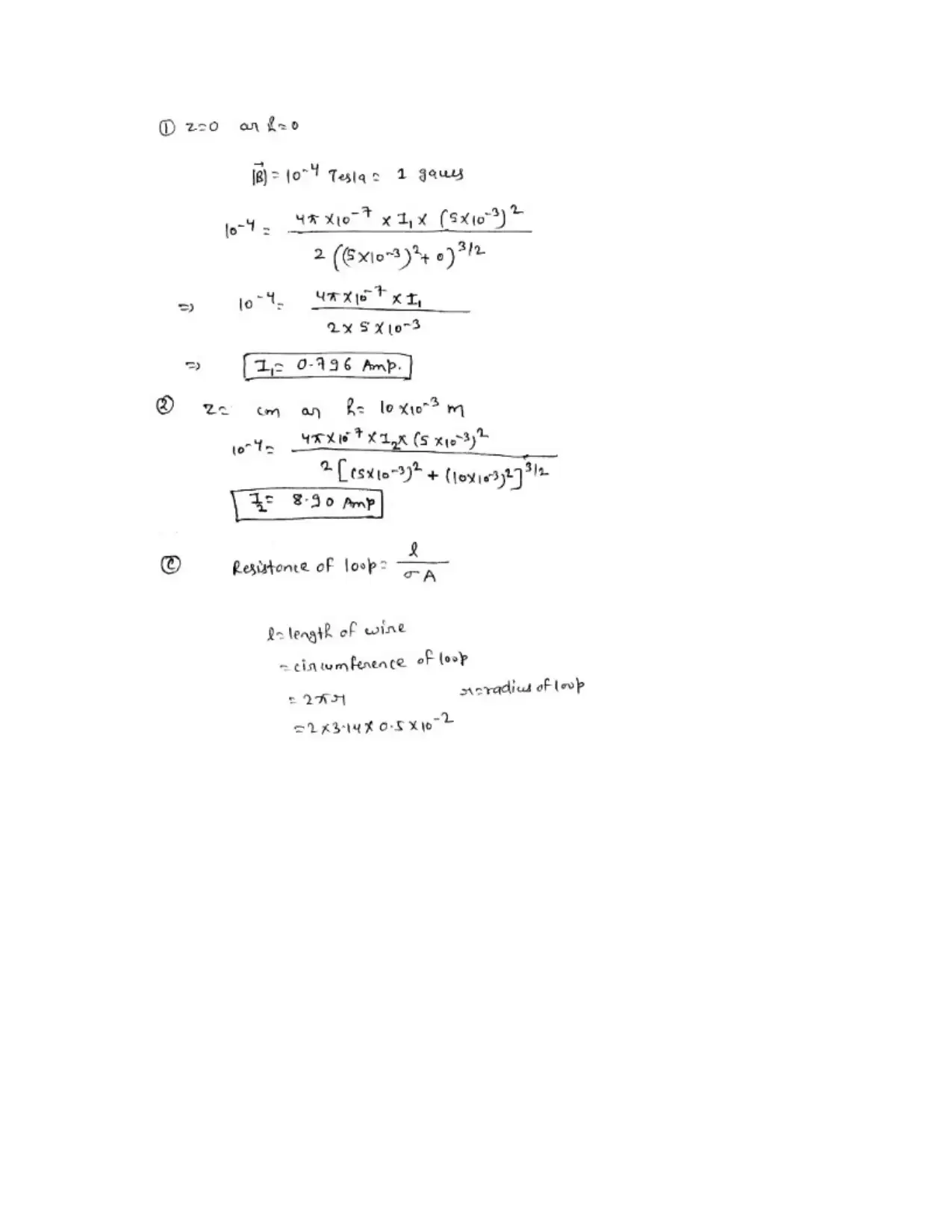
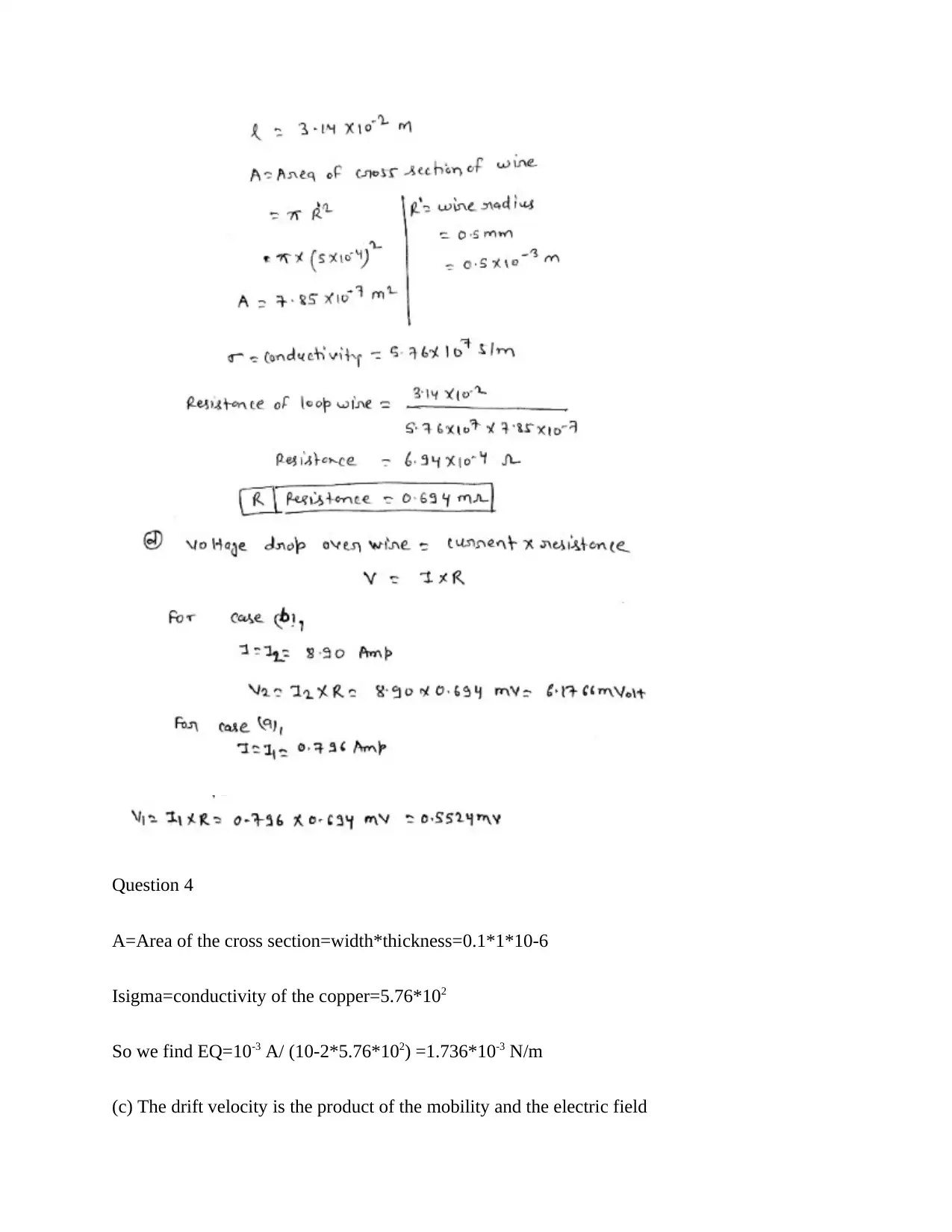
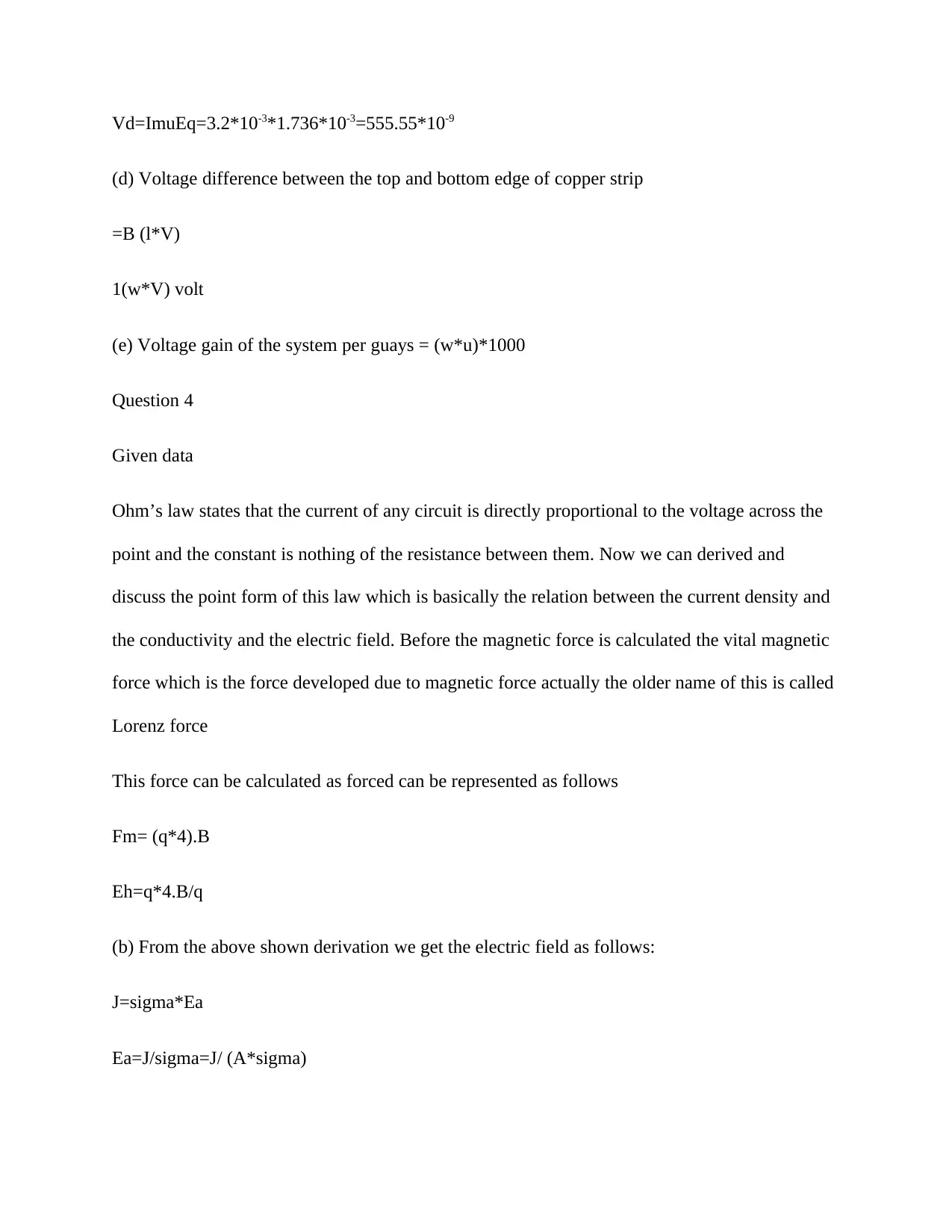
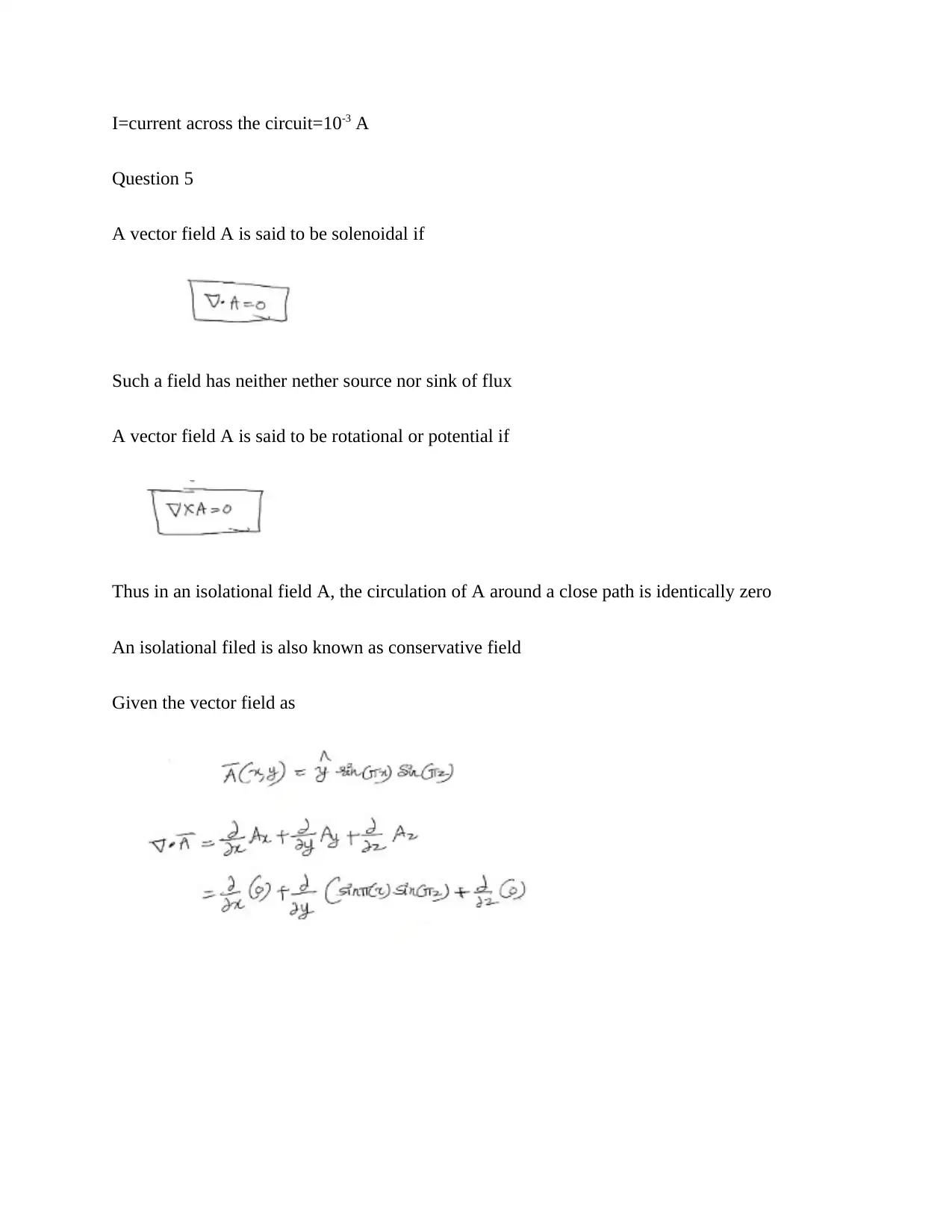
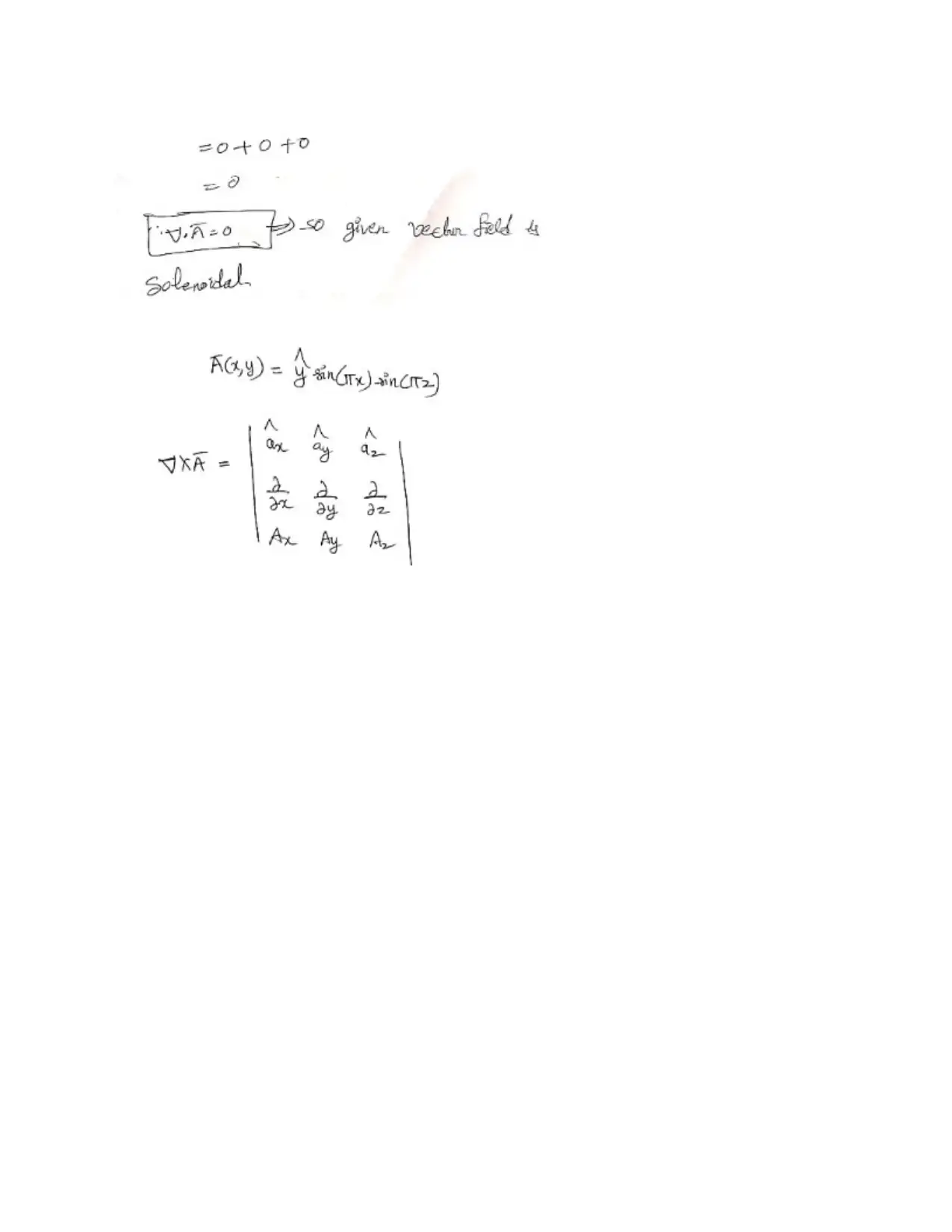
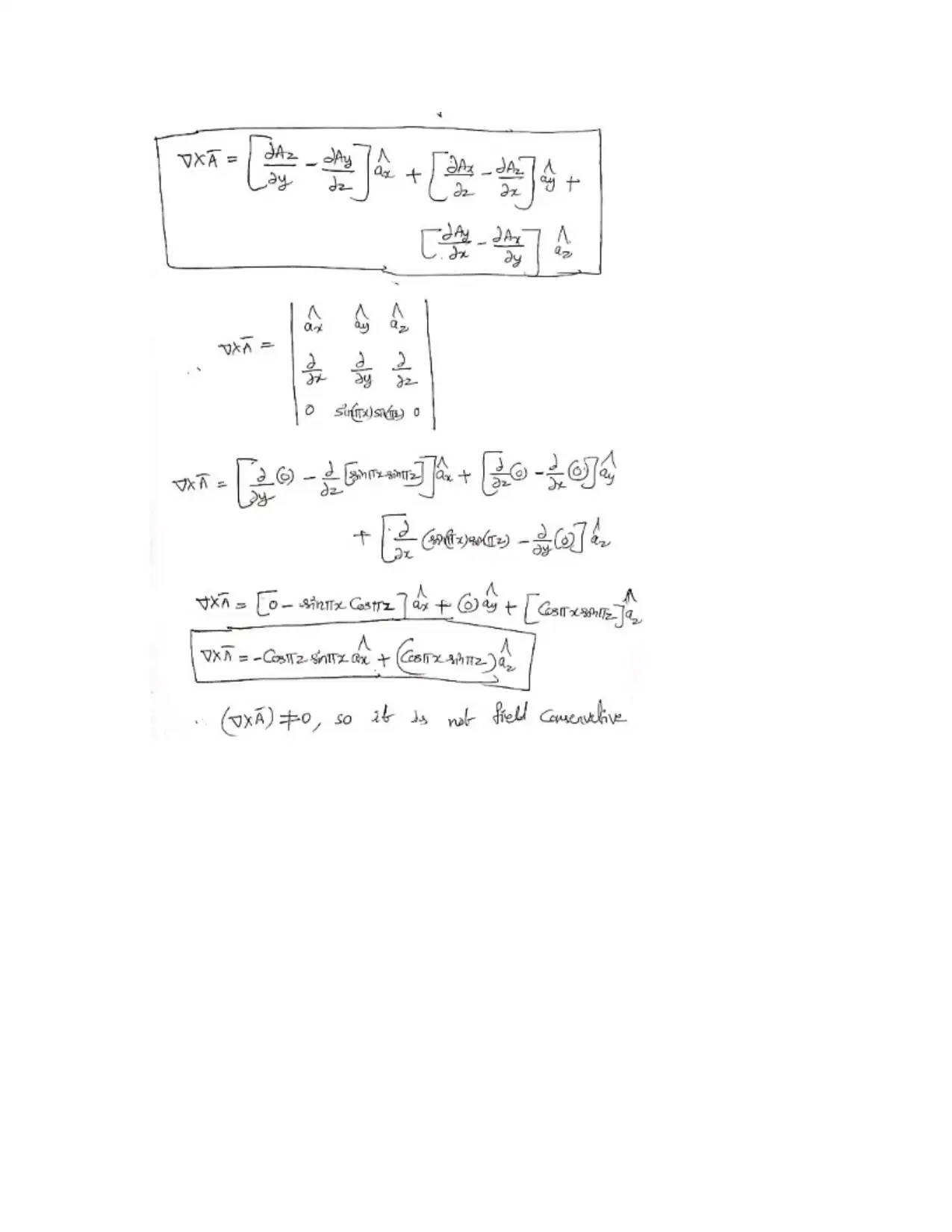
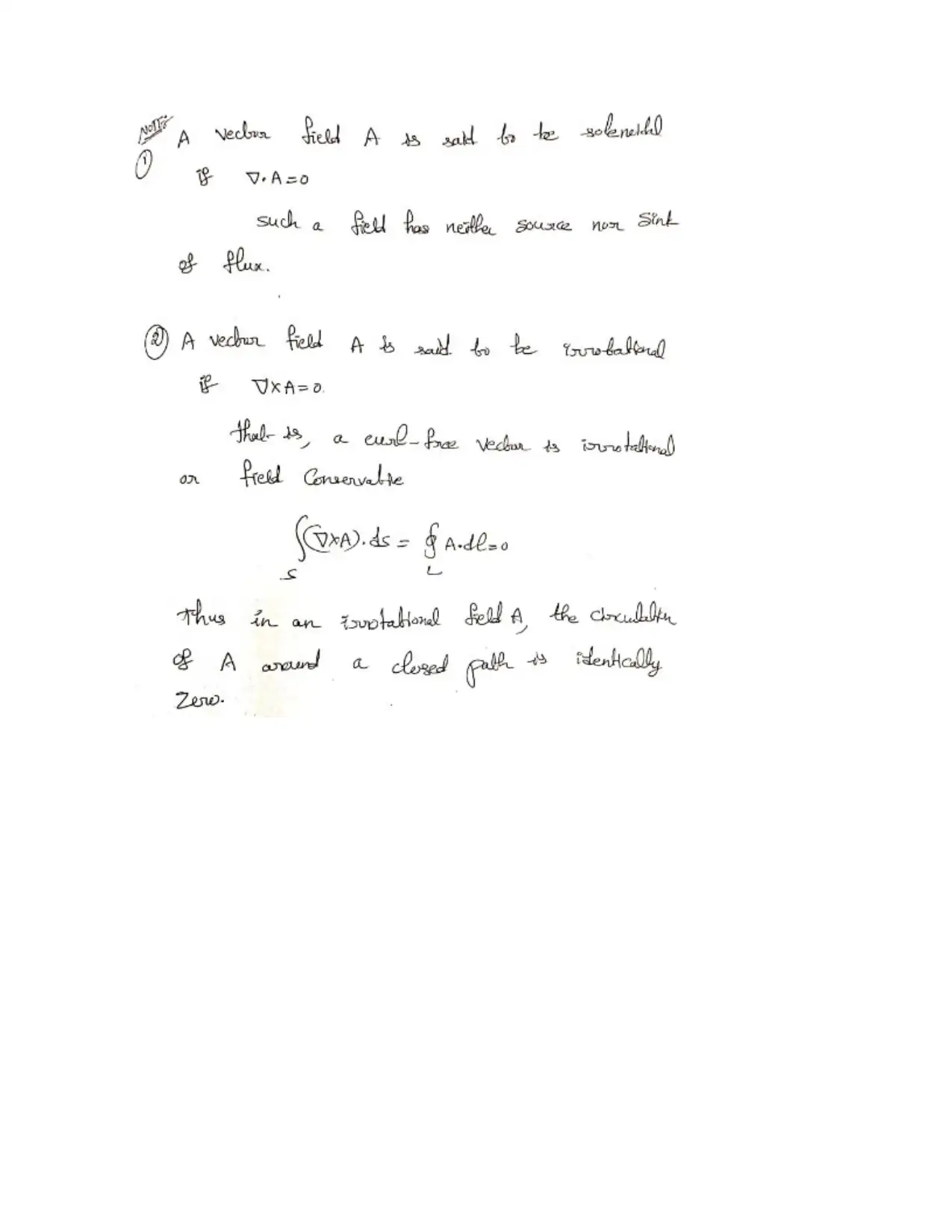






![[object Object]](/_next/static/media/star-bottom.7253800d.svg)